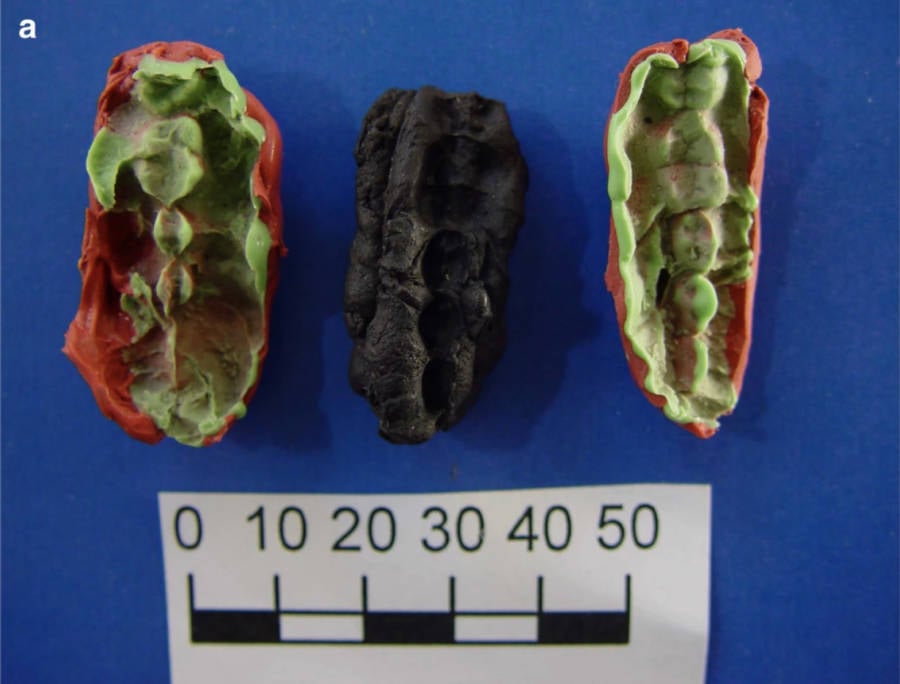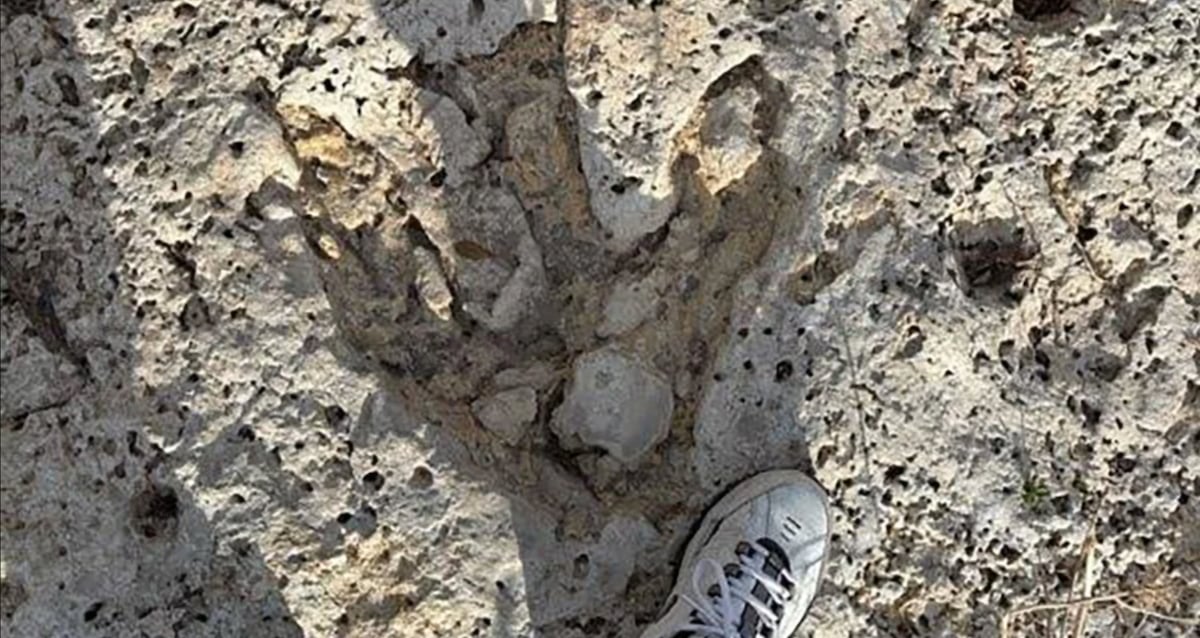Ancient Secrets Unveiled: 10,000-Year-Old ‘Chewing Gum’ Reveals Scandinavia’s Oldest Human DNA
“It took some work before the results overwhelmed us, as we understood that we stumbled into this almost ‘forensic research,’ sequencing DNA from these mastic lumps, which were spat out at the site some 10,000 years ago,” Kashuba added.

Natalija Kashuba Et. Al/Stockholm UniversityThe two casts (left and right) clearly show teeth marks. It’s likely the early peoples of Scandinavia chewed on the bark in their downtime or during tool production.
The overwhelming results she referenced largely regard potential migratory and trade patterns of the time. Earlier studies have proposed that Scandinavia saw a cultural and genetic influx from two routes along the East European Plain (modern-day Russia) and from Ice Age Europe. Indeed, the DNA results from this gum showed that three individuals were closely genetically related to Mesolithic populations from Ice Age Europe — while the tools produced at the site were brought to Scandinavia from Russia.
As such, this piece of chewed up bark directly supports this previous theory. For Kashuba’s colleague, Per Persson of the Museum of Cultural History in Oslo, there’s still an untapped wealth of information in that small piece of chewed tree bark.
“DNA from these ancient chewing gums have an enormous potential not only for tracing the origin and movement of peoples long time ago, but also for providing insights in their social relations, diseases, and food,” he said.
Next up, read about the discovered bracelet belonging to an extinct human species that was also the oldest ever found. Then, learn about Otzi The Iceman, the oldest preserved human being ever found.














